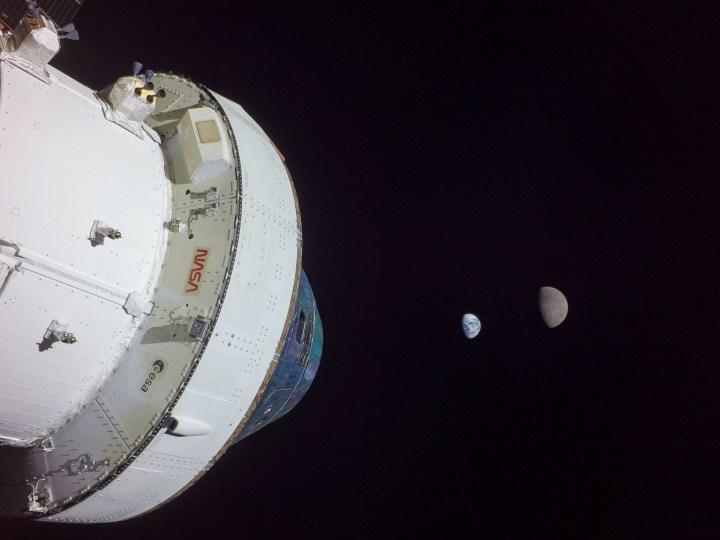NASA is about to name the four astronauts who’ll be sent on a flyby of the moon in a historic mission currently set for next year.
The space agency has just shared a cinematic trailer for the big reveal, which will take place at a special event on Monday, April 3.
“It’s a new era of pioneers, star sailors, thinkers, and adventurers,” NASA chief Bill Nelson proclaims at the start of the video (below).
The Artemis II mission will see the four astronauts fly the same path that the Orion spacecraft took in the crewless Artemis I test mission that took place toward the end of last year.
The highly anticipated mission will see the Orion and its crew come within a mere 80 miles of the lunar surface before returning home.
Artemis II will also fly humans further from Earth than ever before, to a point about 270,000 miles away, giving astronauts a chance to witness with their own eyes a remarkable view of our precious planet.

Following Artemis II, NASA is planning an even more exciting mission that will land the first woman and first person of color on the lunar surface in what will also be the first crewed touchdown since the final Apollo mission in 1972.
The goal of the Artemis program is to establish a long-term scientific and human presence on the moon, with astronauts living and working there in a similar way to how they currently do aboard the International Space Station in low-Earth orbit. It also aims to inspire the next generation of engineers and explorers toward greater achievements.
Further down the road, possibly in the 2030s, NASA could also use the moon as a launchpad for the first crewed mission to Mars, with the moon’s lighter gravitational pull enabling easier launches and therefore more efficient voyages into deep space.
Editors' Recommendations
- Watch NASA begin testing its Orion capsule for lunar flyby
- Artemis II lunar crew rehearses splashdown in the Pacific
- How to watch the first U.S. commercial moon mission launch tonight
- NASA tests moon elevator for Artemis III mission
- NASA video looks ahead to an exciting 2024


